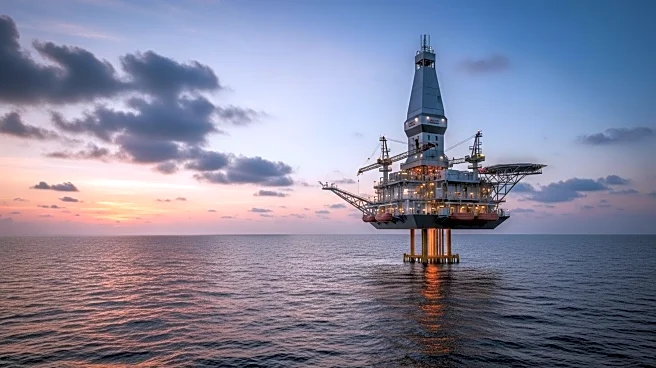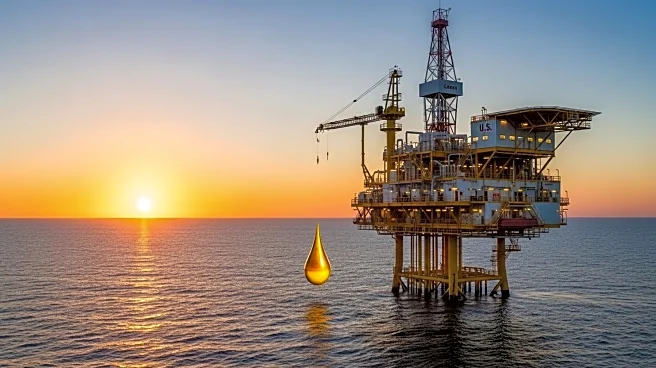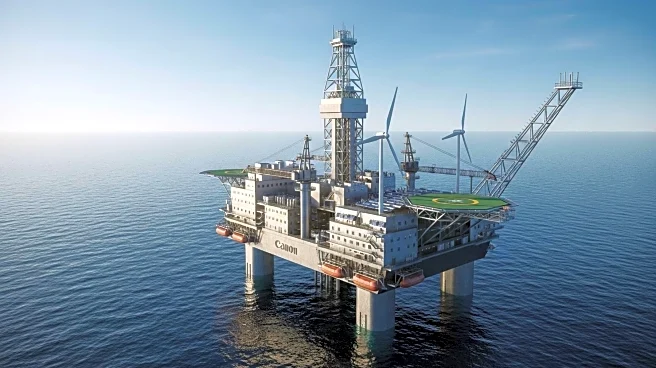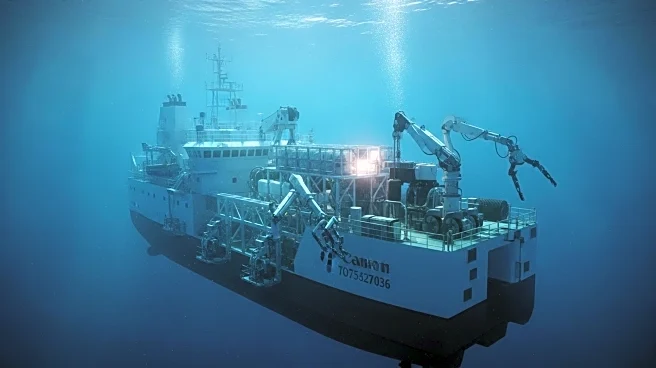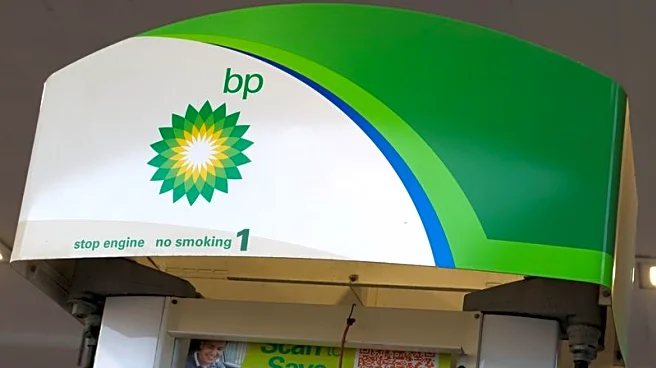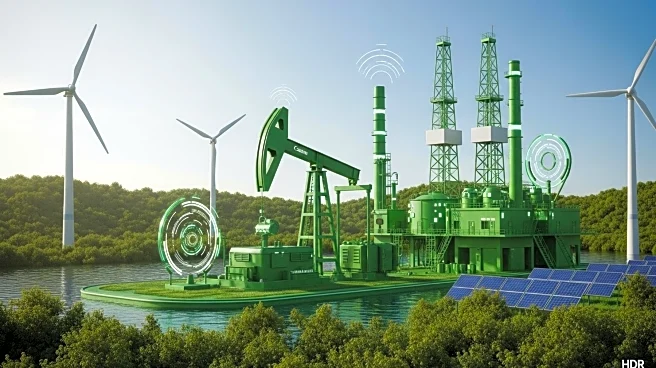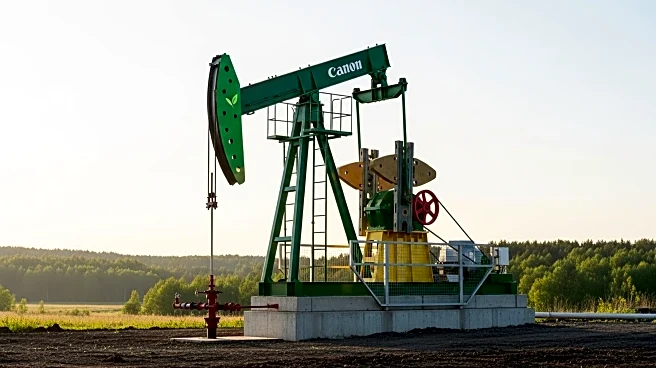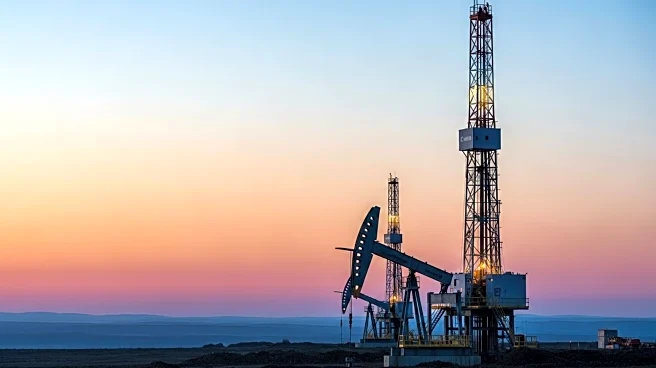What's Happening?
LLOG Exploration Offshore has successfully commenced oil production at the Salamanca Floating Production Unit (FPU) located in the deepwater U.S. Gulf of Mexico. This marks the first oil extraction from the Leon field situated in Keathley Canyon Block 689. The Salamanca FPU, positioned in 6,400 feet of water, is notable for being the first repurposed production unit in the Gulf, originally used for a different project. Initial production has started from a previously drilled well in the Leon field, with plans to expand output from additional wells in both the Leon and Castile fields by late 2025 and into 2026. The refurbished unit has a production capacity of 60,000 barrels of oil per day and 40 million cubic feet of gas per day. By reusing an existing facility, LLOG has significantly reduced the time to market and cut emissions intensity by nearly 90% compared to constructing a new unit.
Why It's Important?
The initiation of production at the Salamanca FPU is a significant development for the U.S. oil industry, particularly in the Gulf of Mexico. This project not only enhances the region's oil output but also demonstrates a commitment to more sustainable practices by repurposing existing infrastructure. The environmental impact is notably reduced, with an 87% decrease in emissions compared to building a new unit. This approach aligns with broader industry trends towards sustainability and efficiency. The project is expected to contribute hundreds of millions of barrels of recoverable resources, bolstering the long-term output and economic viability of the Gulf of Mexico's oil portfolio. Stakeholders, including LLOG, Repsol, and O.G. Oil & Gas, stand to benefit from the increased production and reduced environmental footprint.
What's Next?
As production ramps up, LLOG plans to bring additional wells online from both the Leon and Castile fields. This expansion is expected to continue through 2026, further increasing the output and economic benefits of the project. The success of the Salamanca FPU could set a precedent for future projects in the Gulf, encouraging other operators to consider repurposing existing infrastructure as a viable and environmentally friendly option. The industry will likely monitor the project's progress closely, assessing its impact on production efficiency and environmental sustainability.

